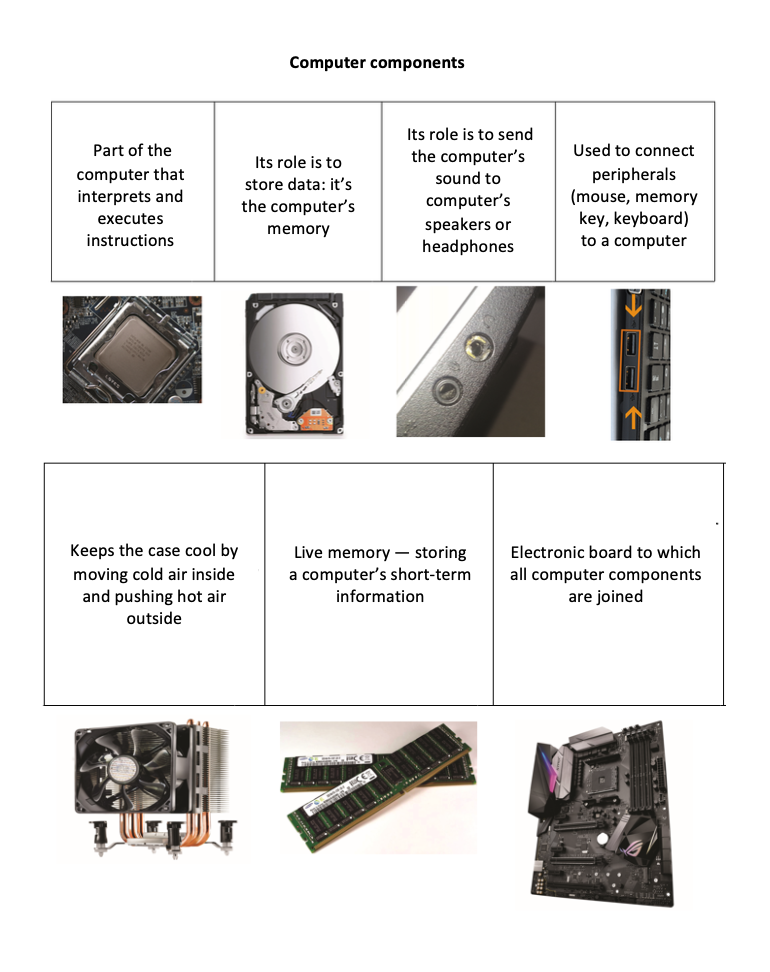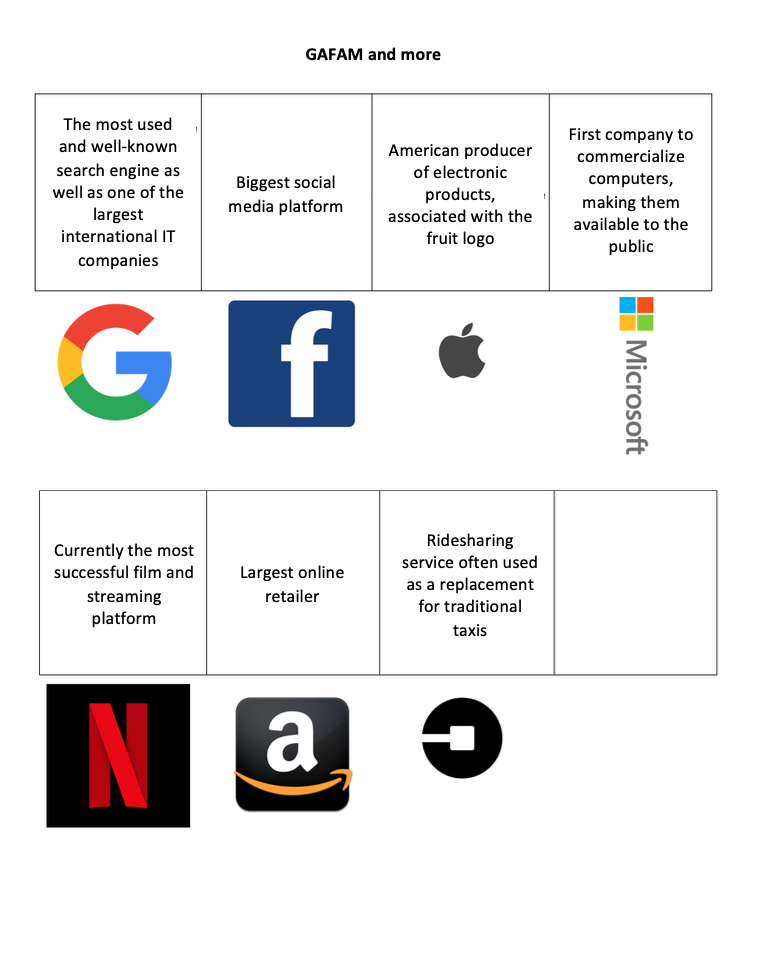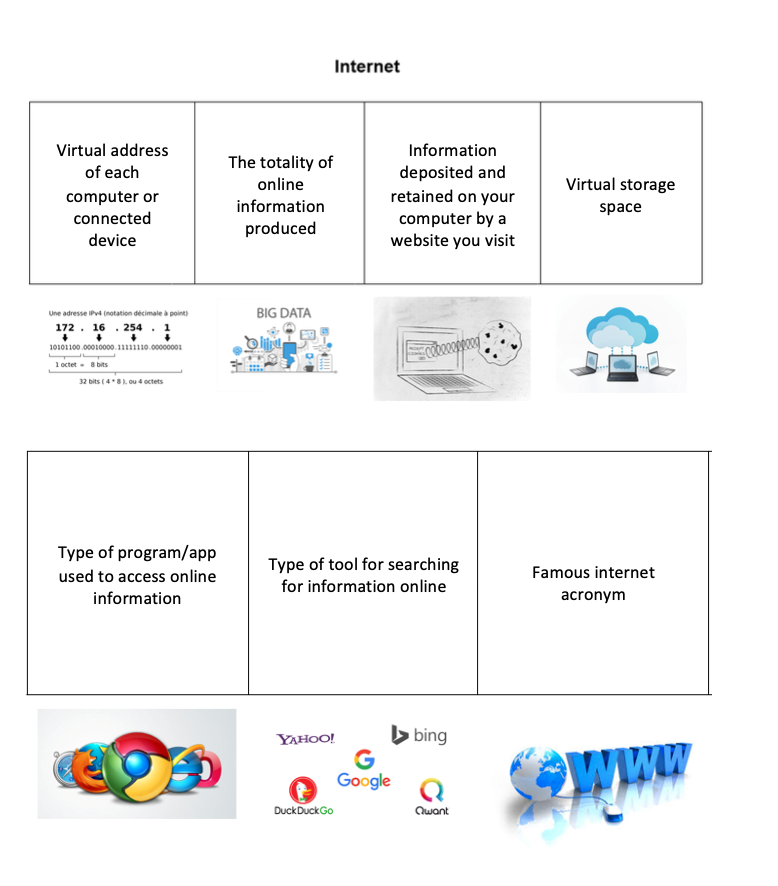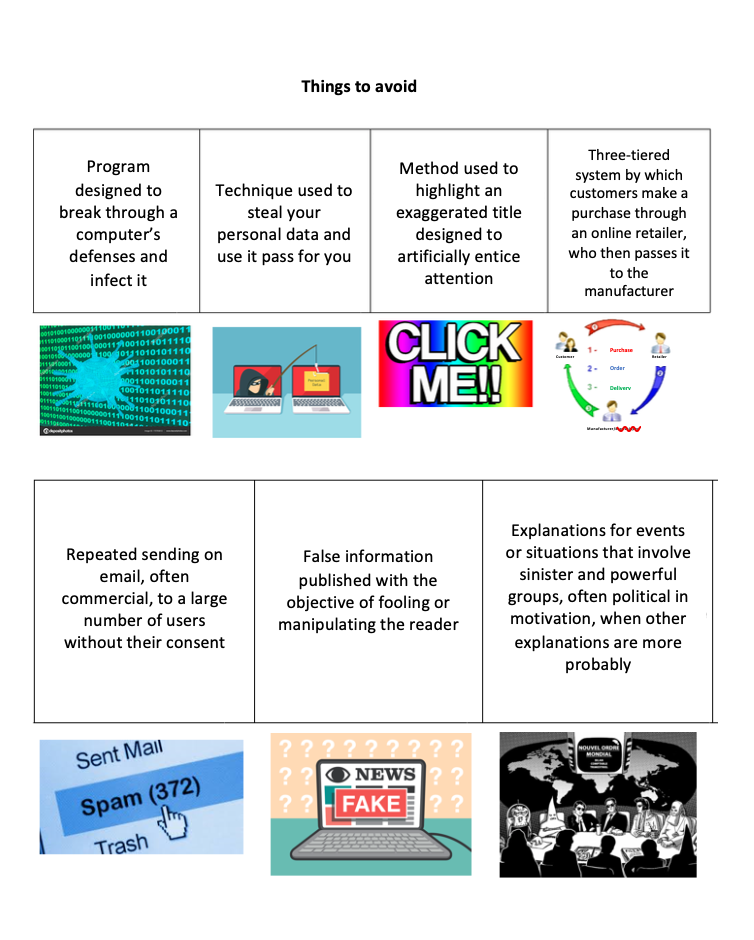This workshop involves an adaptation of the classic card game ‘Pairs’ in order to consider basic notions of digital memory.
General Objective
Preparation time for facilitator
Competence area
Time needed to complete activity (for learner)
Name of author
Support material needed for training
Resource originally created in
Introduction
This activity aims to discuss and elaborate on certain digital concepts (tools and uses) in a ludic way through an adaptation of the card game ‘Pairs’.
Facilitation tip : Beyond the game-based part of this workshop, we recommend you use the game as as a pretext for discussing the issues in the notions touched on. For example, when the pair of cards on fake news is found, take a moment to go over the meaning of fake news, how and why they it is created and how to to not fall it.
What is Pairs ?
What better than a simple and clear Wikipedia definition?
‘Pairs is a card game in which all of the cards are laid face down on a surface and two cards are flipped face up over each turn. The object of the game is to turn over pairs of matching cards…In turn, each player chooses two cards and turns them face up. If they are of the same [type]…then that player wins the pair and plays again. If they are not of the same [type]…they are turned face down again and play passes to the player on the left.
The game ends when the last pair has been picked up. The winner is the person with the most pairs.’
In our case, pairs will comprise of 1) images and 2) simple descriptions represented by that image. For example, if we have an image of a fan, its matching description will be as follows: ‘Keeps the case cool by moving cold air inside and pushing hot air outside’.
Exactly as with the original game, the goal for participants will be to find the pairs of image/description. The winner will be the player who ends with the most pairs.
Facilitation tips:
Familiarise yourself with each concept in advance and understand the knowledge level of your group. If they are beginners in the domain of IT, you can either introduce some of the ideas beforehand (on components, the meaning of GAFA, some of the most widely known aspects of the internet and what to be careful of), or help them directly during the game. Remember that not everyone will necessarily understand which description corresponds to which image, and vice versa.
You could also think about other ways to play depending on how you would like to do things as well as the participants’ age group. For example, you could make two groups, each playing their own card game. In this case, the quickest group with match all the cards wins.
Cards to print




List of answers, in order, from top left to bottom right:
• Computer components: Processor / Hard drive / Power Supply / USB port/ Ram (or live memory) / motherboard
• Gafam and more: Google / Facebook / Apple / Microsoft / Netflix / Amazon / Uber
• Internet: IP Address / Data (or big data) / Cookies / Cloud / Web browser/ Search Engine / World Wide Web
• Traps: Virus / Phishing / Clickbait / Drop shipping / Spam / Fake-News / Conspiracy theories
Conclusion
You can elaborate the discussion depending on what you are interested in, for example programming or data management.